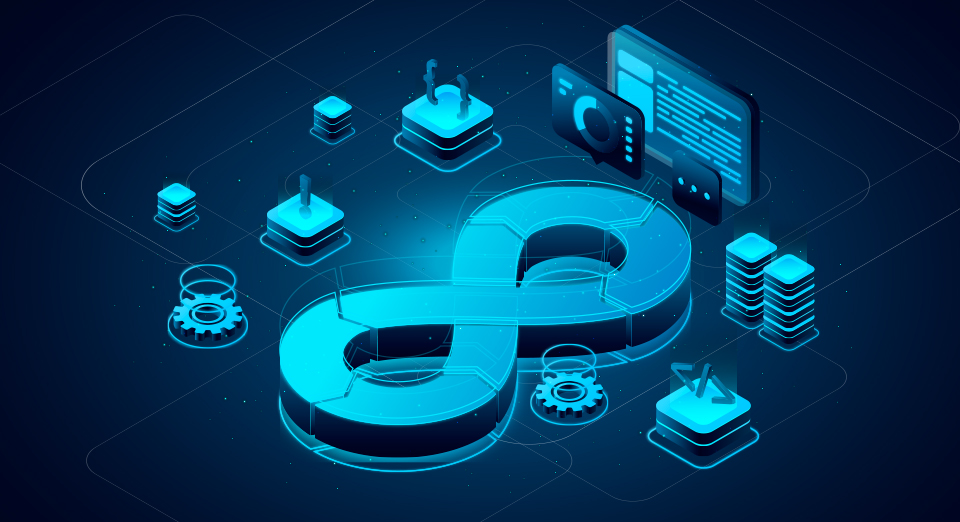- Aug 29, 2025 / DevOps

In today’s fast-paced software development world, speed, reliability, and consistency are everything. Businesses cannot afford long release cycles or broken deployments. That’s where CI/CD pipelines come in — a set of practices and tools that automate testing, integration, and deployment of applications.
In this blog, we’ll break down what CI/CD means, how it works, why it matters, and how you can build pipelines like a pro.
🔹 What is CI/CD?
CI/CD stands for:
-
Continuous Integration (CI):
Developers frequently merge their code into a shared repository. Automated tests run on every merge to ensure code quality and detect bugs early. -
Continuous Delivery (CD):
Every code change is automatically prepared for release. The software is always in a deployable state. -
Continuous Deployment (CD):
Takes it one step further — automatically deploys every change to production after it passes tests. No manual approval needed.
✨ In short: CI/CD pipelines make software releases faster, safer, and repeatable.
🔹 How a CI/CD Pipeline Works
A standard pipeline has these stages:
-
Code Commit
-
Developers push code to version control (GitHub, GitLab, Bitbucket).
-
-
Build Stage
-
Code is compiled, dependencies installed, and artifacts generated (Docker image, JAR, etc.).
-
-
Testing Stage
-
Unit tests, integration tests, and security scans run automatically.
-
-
Deployment Stage
-
Code is deployed to staging or directly to production (depending on CI/CD setup).
-
-
Monitoring & Feedback
-
Logs and monitoring tools track app health. If issues arise, pipelines can trigger rollbacks.
-
🔹 Benefits of CI/CD
-
Faster Releases – Code goes from idea to production quickly.
-
Fewer Bugs – Automated tests catch issues early.
-
Consistent Deployments – Same process every time, reducing human error.
-
Improved Collaboration – Developers focus on coding instead of manual deployments.
-
Scalability – Easily manage multiple releases across teams.
🔹 Popular CI/CD Tools in 2025
-
Jenkins – Open-source, highly customizable.
-
GitHub Actions – Integrated with GitHub repos.
-
GitLab CI/CD – Powerful and built-in with GitLab.
-
CircleCI – Fast, cloud-based pipelines.
-
Azure DevOps – Enterprise-grade pipelines from Microsoft.
🔹 Best Practices for CI/CD Pipelines
-
Keep pipelines fast (long pipelines slow down releases).
-
Automate testing as much as possible.
-
Use infrastructure as code (IaC) for consistent environments.
-
Implement monitoring & alerting for deployed apps.
-
Secure secrets and credentials properly (use vaults, not plain text).
🎯 Conclusion
CI/CD pipelines are the backbone of modern DevOps. By automating builds, tests, and deployments, they make software development more efficient, reliable, and scalable.
If you want to deploy like a pro, start by implementing CI/CD pipelines with tools like Jenkins, GitHub Actions, or GitLab CI/CD — and you’ll see how much smoother and faster your development process becomes.

0 comment